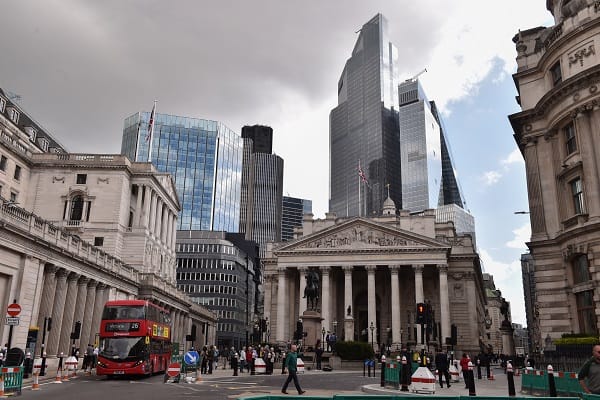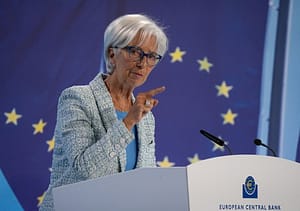British pound recorded a decline of about 0.3% at approximately 8:00 a.m. GMT, reaching the level of 1.25176 against the US dollar (GBP/USD), which represents the lowest levels since the 24th of last November.
As for the euro, it was able to compensate for some of its previous losses against the pound (EUR/GBP), rising by 0.2%, reaching the level of 0.86156, which is the highest level since the beginning of this December.
This sharp decline in the British pound came with the disappointing data of the British economy, which recorded a decline in its various major sectors last October.
The Gross Domestic Product (GDP) recorded a decline of 0.3% last October on a monthly basis, which was below expectations for no change and reversed the growth of 0.2% last September. This was also the worst monthly performance since last July. On an annual basis, growth slowed to 0.3%, down from 1.3% in September, which was also below expectations of 0.6%.
The services sector was the largest contributor to this decline, as it contracted by 0.2% on a monthly basis, led by a contraction in communications and information activities. While the greatest pressure on this sub-sector, in turn, came from the decline in computer programming, consulting and television production activities.
Industrial production recorded a noticeable decline of 0.8% in October, due to the decline in electricity, gas, steam and air conditioning supplies, which declined for the fourth month in a row, also due to a 3.2% decline in electricity generation, transmission and distribution.
Manufacturing production recorded a sharp decline of 1.1% in October, which was far from expectations of no change and a reversal of a previous growth of 0.1% last September, due to the decline in manufacturing of computers and electronics by 2.5% and equipment and machinery by 3%.
The construction sector continued to record more negative signs, with a larger than expected decline of 0.5% in construction output, down from the previous reading, which was at a growth rate of 0.4%. While outputs recorded a slowdown in growth on an annual basis to 1.1%, down from the previous reading of 2.8% in October of last year.
The biggest pressure on the decline in construction output was the decline in private housing and commercial new work, which fell by 5.2% and 1.2%, respectively, for each.
The negative construction activity figures also came after the disappointing construction PMI figures for November, which indicated further expected weakness for this sector, which led to a sharp decline in employment and a sharp prices of construction materials.
These negative figures come a day before the Bank of England (BoE) announces its interest rate decision, which is expected to keep current rates as they are.
While the continued economic contraction may present the BoE with more challenges in light of its insistence on keeping interest rates at high levels for an extended period to combat inflation.
However, the continuation of upward risk of inflation may put the central bank before two options: either keeping rates relatively high and pushing for a further decline in economic activities to curb inflation, or cutting interest rates earlier than necessary to revive the economy, which may lead to igniting inflation again.
In addition, real interest rates are rising and have reached the highest levels since 2015 at 0.65%, which in turn may lead to higher borrowing costs, which in turn puts more pressure on economic activities, most notably the real estate sector.






Leave a Comment